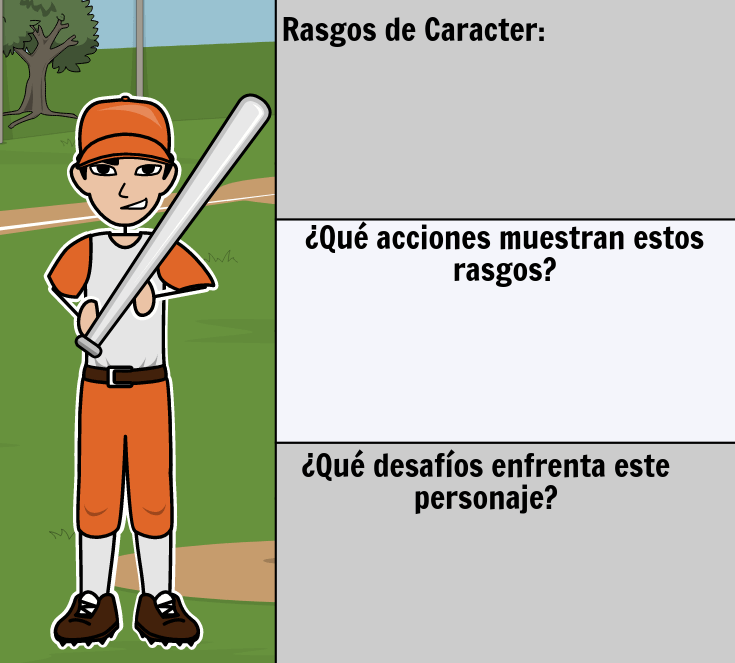
It even gives us a little glimpse of what it might feel like to be on the other side of all that adoration.

Thayer's "Casey at the Bat" explores this idea of hero-worship and fandom. Unfortunately, this can make us seem-like those Mudville fans that Ernest Thayer wrote about-a little crazy at times. We want to be close to them, we want to cheer for them and wave giant foam fingers, because we want to be part of what they represent. We experience things like competition, fame, talent, and adoration vicariously-that is, through the entertainers and athletes we idolize.

On some level, the experience is personal. We care so desperately because of what these events represent to us as individuals. These might seem like very different events, but at the core of their experiences, they are similar. What's everyone getting so worked up about?" Or, perhaps you're a sports fan and you see a bunch of tweens losing their minds at a Justin Bieber concert, or a bunch of senior citizens losing what's left of their minds watching the Rolling Stones (er… Google them) and think to yourself, "Really? What's the big deal already?" Have you ever looked at sports fans and thought, "Hey, settle down. What is Casey at the Bat About and Why Should I Care? The poem is certainly comic (Thayer wasn't shooting for high art he wanted to entertain), but it also explores some big ideas like the transformative nature of competition and society's hero-obsession.Īny way you look at it, "Casey…" is a winner (well… sort of). "Casey…" is still around because it's still just as fun, funny, and relevant today as it was in 1888. The story has inspired countless poetic imitations, stories, and even films. But even today, most of us still know the story of "Casey at the Bat." It has become an almost inescapable part of the American cultural landscape. Hopper went on to recite the poem for appreciative audiences thousands of times.Īs far as poetry goes, Thayer was a total one-hit wonder. One of those ballads, "Casey at the Bat," became kind of a cultural phenomenon not long after its 1888 publication when an actor/comedian named William DeWolf Hopper (great name) did a dramatic reading of the poem as part of his act. He worked at the San Francisco Examiner and occasionally wrote comic ballads for the paper's Sunday edition. In life, though, Thayer was more of a journalist than a poet. We're talking about Ernest Thayer's poem, " Casey at the Bat." It's a baseball poem that's full of action and drama, complete with a super-suspenseful surprise ending. This isn't the synopsis for a new season of Friday Night Lights-wrong sport, wrong medium. A small town stands united behind their local sports team and the team's star player as they try to make a spectacular comeback against seemingly insurmountable odds.


 0 kommentar(er)
0 kommentar(er)
